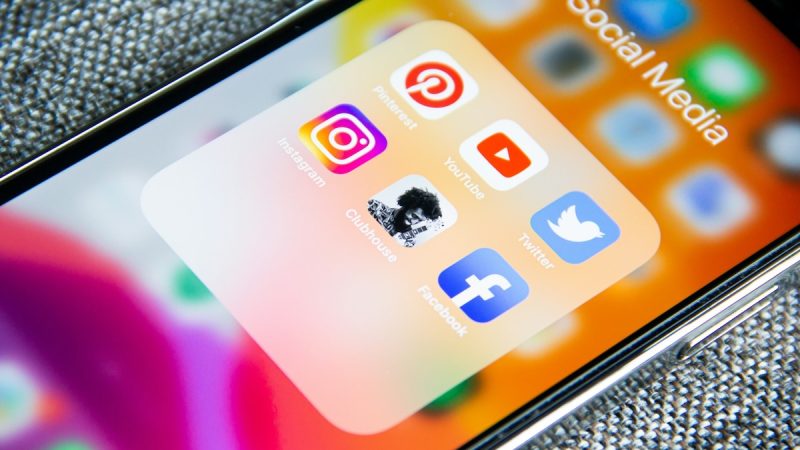Introduction
Social media remains a key component of digital marketing in 2025. Platforms like Facebook and Instagram are unparalleled in their capacity to increase consumer engagement and brand exposure due to their vast user bases and sophisticated targeting features. Nevertheless, a lot of companies continue to make costly marketing mistakes, regardless of their size or level of experience. These mistakes can significantly impede growth, whether they involve providing inappropriate content, improperly engaging users, or misinterpreting platform patterns. Any brand seeking to succeed in the current competitive landscape must identify and address these problems.
Who Is Making These Marketing Mistakes?
- tiny Businesses: A lot of tiny businesses don’t have the resources, time, or expertise to develop and implement a successful social media strategy. This frequently leads to inconsistent, subpar posts that are ineffective.
- Bigger Companies: By being too corporate or sluggish to change, even well-known brands can make mistakes. Their posts could come across as impersonal or unrelated to current events.
- Influencers and freelancers: These people frequently overlook performance metrics and audience engagement in favor of aesthetics and follower counts.
In the end, social media errors occur when brands put presence above purpose and are not restricted by size or funding.
Why Do These Mistakes Happen?
- Information Overload: It is simple to become overwhelmed or make out-of-date decisions when trends and algorithm upgrades occur often
- Pressure to Post: A lot of brands experience pressure to publish every day, which results in hastily produced, uninspired content that lacks strategy.
- Absence of Specific Goals: Content frequently lacks focus and performs poorly in the absence of clear goals (such as lead generation, client retention, or brand exposure).
- Lack of experience: Not all companies have a social media specialist on staff. Errors are more likely to occur when generalists are given responsibility.
Avoiding these pitfalls requires taking a step back to plan and prioritize quality over quantity.
Top Instagram Marketing Mistakes
Ignoring Video Content: Instagram’s algorithm prioritizes Reels and Stories over other types of content in 2025. Brands lose out on organic reach when they only use image posts.
- Using Irrelevant Hashtags: A lot of brands use generic hashtags that are not relevant to their niche, which lowers post exposure and may cause the material to be flagged as spam.
- Over-promotion: Followers will become disinterested if every post is a sales pitch. Instagram users are looking for entertainment, education, and inspiration rather than endless advertisements.
- Unresponsive Profiles: Failure to respond to direct messages or comments indicates a lack of enthusiasm for fostering a sense of community.
Instagram rewards regular, interesting, and eye-catching posts. Long-term success is achieved by a strategy that combines modest promotion with storytelling.
Top Facebook Marketing Mistakes
- Ignoring Facebook Lives and Video Content: Despite Facebook’s emphasis on video content, many brands continue to concentrate on postings that are just text and images.
- Ignoring Custom Audiences: Facebook offers effective ad targeting capabilities. Ad money are being wasted by brands who don’t use retargeting or specialized audiences.
- One-Way Communication: Inactive broadcasting, such as failing to respond to queries or comments, reduces reach and fosters a lack of trust.
- Not Making Use of Events and Groups: Many brands fail to take advantage of these tools, which are ideal for creating active communities.
Brands that encourage interaction are given preference by Facebook’s algorithm, thus active community management is crucial.

How to Avoid These Pitfalls
- Make a realistic content calendar by scheduling posts according to user trends, product launches, holidays, and campaigns.
- Combine Paid and Organic Strategies: Make sure your organic content adds value and fosters loyalty rather than depending only on paid advertisements.
- Keep Up to Date: Platforms change often. You can remain ahead by following industry professionals on social media or subscribing to reliable newsletters.
- Measure Everything: Assess post performance and make data-driven decisions by utilizing third-party analytics tools and in-app insights.
The greatest approach to expand sustainably is to invest in strategy rather than merely tools.
The Role of Content Quality
- Professional but relatable: Content that strikes a mix between polished and personal appeals to today’s users.
- Strong Visual Branding: Brand identity and memory are enhanced by the use of standardized colors, typefaces, and filters.
- Engaging Captions: Captions that promote conversation, pose queries, or share anecdotes are more effective at generating engagement than simply having a fantastic image.
- User-Generated Content: Reposting client endorsements and images increases credibility and trust.
Long-term loyalty, shares, and trust are all increased by high-quality content.
Conclusion
Even though Facebook and Instagram are well-known sites, daily posting isn’t enough to succeed on them in 2025. Brands frequently make the same mistakes: disregarding followers, promoting too many advertisements, or ignoring trends. These errors harm credibility in addition to engagement. Businesses may stand out in crowded feeds by emphasizing audience engagement, platform-specific tactics, and high-quality content. We help individuals and businesses create a strong web presence and successful marketing plans at Wiraa, a global platform for remote work. Making the correct social media movements might mean the difference between being seen and being ignored in a digital world where first impressions are formed on screens.




